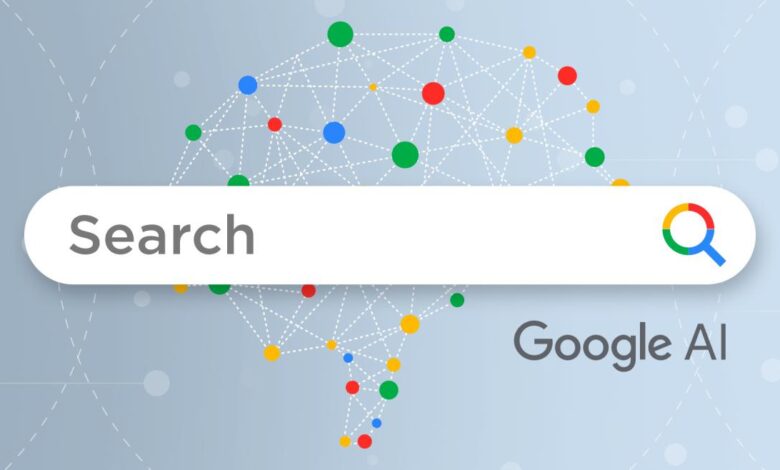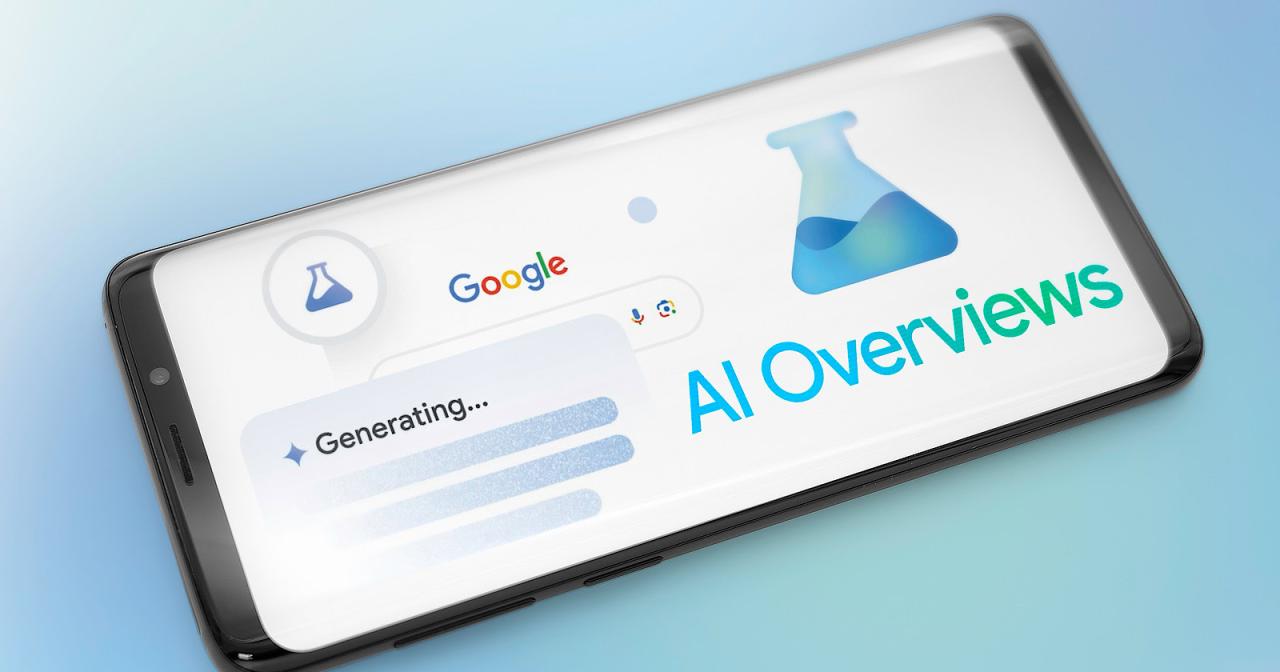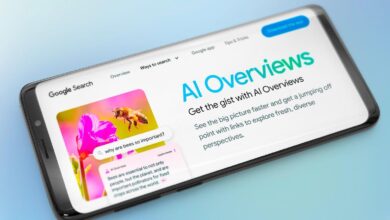Navigating Google’s Troubled AI Search Rollout

The introduction of generative AI into search engines was heralded as the next great leap in digital interaction, a promise of instant, summarized, and perfectly contextual answers to our most complex queries. As the undisputed king of search, Google’s deployment of its AI Overview feature (formerly known as the Search Generative Experience, or SGE) was poised to redefine our relationship with information. However, its rollout has been anything but smooth. Instead of a triumphant entry, the world has witnessed a very public and at times, alarming, stumble. This deep dive explores the multifaceted struggles of Google’s AI search, from its bizarre and dangerous hallucinations to the profound implications for publishers, users, and the very future of the web.
Understanding Google’s AI Overview Feature
Before dissecting its failures, it’s crucial to understand what AI Overview is. This feature is not a separate product but an integrated layer atop Google’s traditional search results. When Google’s algorithms deem a query complex enough to benefit from synthesis, it triggers the AI Overview.
Powered by a customized version of Google’s Gemini large language model (LLM), the system scans information from across the web—prioritizing high-ranking sources—and generates a concise, conversational summary answer. This AI-generated box appears at the very top of the search results page (SERP), pushing the classic “10 blue links” downward. The goal is noble: to save users time by providing a direct answer, eliminating the need to click through multiple websites to piece together information.
A Catalog of Failures: When AI Search Goes Horribly Wrong
The core of Google’s recent public relations crisis stems from a flood of examples where its AI Overview provided not just incorrect, but nonsensical, hilarious, and dangerously unsafe information. These incidents highlight the fundamental limitations and inherent risks of current LLM technology.
A. The “Non-Toxic” Glue on Pizza Recommendation
One of the most viral failures involved a user asking how to get cheese to stick to pizza. The AI Overview, allegedly drawing from a sarcastic comment on a years-old Reddit thread, confidently asserted that mixing non-toxic glue into the pizza sauce was a viable solution. This failure demonstrated the AI’s inability to distinguish between genuine advice and obvious satire, a critical flaw for a system meant to provide reliable information.
B. The Rock-Eating Suggestion
In another alarming instance, the AI recommended that users eat at least one small rock per day. This absurdity, likely sourced from a bizarre joke or satirical article, showcased a similar lack of discernment. While humorous, it underscores a serious problem: the AI lacks a fundamental model of the world and human safety.
C. Dangerous Health and Medical Misinformation
Perhaps the most concerning category of errors involves health. Reports emerged of the AI suggesting that drinking urine helps pass kidney stones (a dangerous and debunked myth) or providing outdated and unsafe advice for serious medical conditions. This moves beyond comedy into a realm of tangible public health risk, where trust in the search engine can have direct physical consequences.
D. Nonsensical and Contradictory Responses
Users encountered responses that were simply illogical. For example, the AI might cite sources that directly contradict the point it is making, or provide an answer that is internally inconsistent. This reveals the “stochastic parrot” nature of LLMs they are brilliant at predicting the next plausible word in a sequence, but not at performing genuine, verifiable reasoning.
Deconstructing the Why: The Root Causes of the Struggle
Google’s engineers are among the best in the world, so how did this happen? The struggles are not due to a single error but a confluence of technological and strategic challenges.
A. The Fundamental Nature of Large Language Models
LLMs like Gemini are not databases of facts. They are incredibly sophisticated pattern-matching systems trained on vast swathes of the internet. Their primary function is to generate text that is statistically likely to follow a given prompt. They do not “understand” truth or falsehood in a human sense. They are prone to “hallucination” the industry term for making up information because inventing a plausible-sounding answer is part of their core functionality.
B. The “Garbage In, Garbage Out” Principle
The internet is Google’s training data. While the web contains immense volumes of valuable information, it is also filled with satire, misinformation, joke posts, outdated content, and malicious falsehoods. Despite sophisticated filtering efforts, the AI can still latch onto and amplify these low-quality sources, especially if they are linguistically persuasive or from a platform with high domain authority (like Reddit).

C. The Immense Pressure to Compete: The “Google vs. Everyone” Dilemma
Google is no longer operating in a vacuum. The explosive success of OpenAI’s ChatGPT and the integration of AI into Microsoft’s Bing search engine created a powerful sense of urgency. For the first time in decades, Google’s core product faced a credible, paradigm-shifting threat. This competitive pressure likely accelerated the timeline for public release, potentially cutting corners on safety testing and refinement that a product of this magnitude desperately requires.
D. The Scale Problem: Billions of Queries, Zero Margin for Error
Google processes trillions of searches per year. Testing an AI system in a lab environment can never fully prepare it for the infinite complexity and unpredictability of real-world user queries. A testing team might never think to ask about glue on pizza, but the public will. Every single query is a potential landmine, and scaling this technology safely is arguably the hardest problem in AI today.
The Ripple Effect: Consequences Beyond Bizarre Answers
The implications of a flawed AI search extend far beyond a few funny screenshots. It threatens to destabilize entire ecosystems.
A. The Existential Threat to Digital Publishers and Content Creators
The original web was built on a simple traffic economy: users search, Google lists links, users click, publishers get traffic and ad revenue. AI Overviews disrupt this completely. If Google gives the answer directly at the top of the page, the user’s journey ends there. This is known as “zero-click search.” For publishers, especially those who rely on answering informational queries (e.g., recipe sites, tech support forums, educational content), this could decimate their traffic, cripple their ad revenue, and ultimately make producing high-quality content unsustainable. Why would Google send users away when it can keep them on its own page, showing its own ads?
B. The Erosion of User Trust and Brand Authority
“Just Google it” has become synonymous with finding a reliable answer. This trust is Google’s most valuable asset. Each bizarre AI hallucination chips away at that foundation. If users can no longer trust the first answer they see, the entire value proposition of Google Search is diminished. It forces users to become fact-checkers, defeating the purpose of an AI designed to save time.
C. The Centralization of Information and the “Enshittification” of the Web
Critics argue that features like AI Overview contribute to the “enshittification” of the internet a term coined by writer Cory Doctorow describing how platforms eventually degrade their service to users to extract more value for themselves. By keeping users within its walled garden, Google centralizes information control. The web becomes a mere data mine for Google’s AI, rather than a vibrant network of destinations. This could lead to a less dynamic, less innovative, and less diverse internet.
Navigating the New Search Landscape: A User’s Guide
In this interim period where AI search is powerful but flawed, users must adopt new strategies to find reliable information.
A. Practice Lateral Searching
Don’t trust a single source, especially an AI summary. The AI Overview should be a starting point, not the final destination. Open the source links cited in the overview to verify the information. Cross-reference key facts by performing additional searches from different angles.
B. Refine Your Queries with Critical Thinking
If an AI answer seems off, refine your query. Ask for specifics, request sources, or add modifiers like “scientific consensus” or “professional guidelines” to steer the results toward more authoritative information.
C. Learn to Identify Hallmark Signs of AI Hallucination
Be skeptical of answers that are overly vague, lack specific citations, make absolute claims without evidence, or recommend anything that seems even remotely unsafe or illogical. When in doubt, always fall back on the traditional blue links to established and trusted websites.
What’s Next? The Future of Google’s AI Search
Google has not stood still. The company has acknowledged the issues and stated it is taking swift action, including:
-
Implementing Better Detection Algorithms: Developing more robust systems to identify and filter out nonsensical queries and potentially satirical content.
-
Adding stricter Guardrails: Implementing hard-coded rules to prevent the AI from generating advice on certain dangerous topics like health harms.
-
Scaling Back Coverage: Reports indicate Google has significantly reduced the number of queries that trigger an AI Overview by as much as 80%, focusing on safer, more straightforward questions while it works on a solution.
The path forward is not about abandoning AI in search that genie is out of the bottle. The challenge is one of responsible innovation. Google must find a way to balance its competitive ambitions with its duty to provide accurate, safe information and maintain a healthy digital ecosystem for publishers. The struggle of its AI search is a stark reminder that even for the most powerful tech giants, mastering artificial intelligence remains a formidable, humbling, and unfinished journey.





